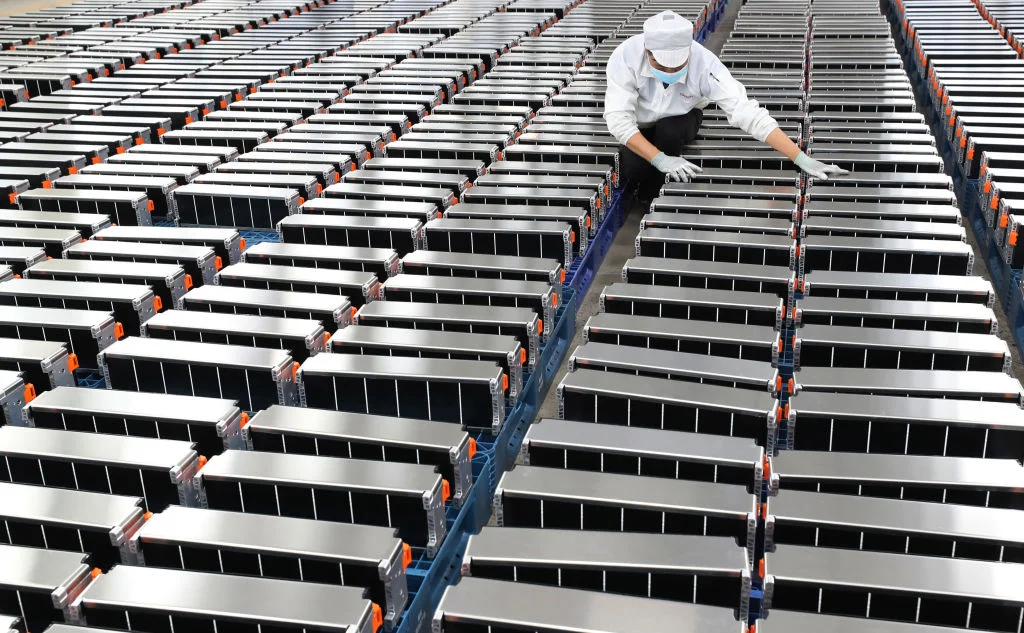Researchers at Chalmers University of Technology in Sweden have developed what they call “a new and efficient way” to recycle metals from spent electric vehicle (EV) batteries at the laboratory level.
The university says the method allows for the recovery of 100 percent of the aluminum contained in such batteries and 98 percent of the lithium. “At the same time, the loss of valuable raw materials, such as nickel, cobalt and manganese, is minimized,” Chalmers adds.
“No expensive or harmful chemicals are required in the process because the researchers use oxalic acid—an organic acid that can be found in the plant kingdom,” the university says in a news release.
“So far, no one has managed to find exactly the right conditions for separating this much lithium using oxalic acid, whilst also removing all the aluminum,” says Léa Rouquette, a doctoral student at the Department of Chemistry and Chemical Engineering at Chalmers. “Since all batteries contain aluminum, we need to be able to remove it without losing the other metals.”
The lab has been working with spent car battery cells and their shredded contents. “This takes the form of a finely ground black powder dissolved in a transparent liquid—oxalic acid,” the university says of the shredded material.
By fine-tuning temperature, concentration and time during a separation process, the researchers say they have come up with a “remarkable” new recipe for using oxalic acid—an environmentally friendly ingredient that can be found in plants such as rhubarb and spinach.
“One of the biggest bottlenecks in today’s processes is removing residual materials like aluminum,” Petranikova says. “This is an innovative method that can offer the recycling industry new alternatives and help solve problems that hinder development.”
The aqueous-based recycling method can be put in the hydrometallurgy category. However, in many existing hydrometallurgy processes, the metals in an EV battery cell are dissolved in an inorganic acid. Then, impurities such as aluminum and copper are removed and, finally, metals such as cobalt, nickel, manganese and lithium are recovered in powder form.
Even though the amount of residual aluminum and copper is small, it requires several purification steps and each step in this process can cause lithium loss. “With the new method, the researchers reverse the order and recover the lithium and aluminum first. Thus, they can reduce the waste of valuable metals needed to make new batteries,” Chalmers says.
“Since the metals have very different properties, we don’t think it’ll be hard to separate them,” Rouquette adds. “Our method is a promising new route for battery recycling—a route that definitely warrants further exploration.”
The group has been conducting research in the recycling of metals found in lithium-ion batteries for many years, according to Chalmers. The university is collaborating with several companies and entities, including Volvo Cars, Stena Recycling, the Swedish Energy Agency, Batteries Sweden (BASE), government agency Vinnova, Finnish battery recycler Akkuser Oy and battery producer Northvolt.
“As the method can be scaled up, we hope it can be used in industry in future years,” Petranikova says.
Source: Recycling Today

